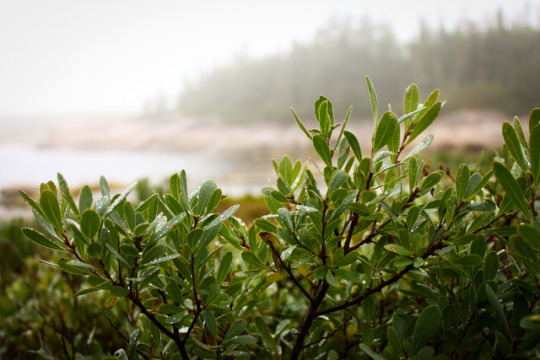#myrica gale
Video
n236_w1150 by Biodiversity Heritage Library
Via Flickr:
Icones florae Germanicae et Helveticae, simul Pedemontanae, Tirolensis, Istriacae, Dalmaticae, Austriacae, Hungaricae, Transylvanicae, Moravicae, Borussicae, Holsaticae, Belgicae, Hollandicae, ergo Mediae Europae. Lipsiae,F. Hofmeister [etc.]1834-1912. [v. 1, 1850] biodiversitylibrary.org/page/5763531
#Europe#Pictorial works#Plants#New York Botanical Garden#LuEsther T. Mertz Library#bhl:page=5763531#dc:identifier=https://biodiversitylibrary.org/page/5763531#flickr#botanical illustration#Myrica Gale#sweetgale#bog-myrtle#sweet willow#dutch myrtle
1 note
·
View note
Note
hey, just gotta say this is a really cool thing you're doing and it's always a pleasure when I see a new creature.
If I could get any creature I'd want either a bird or insect. Specifically anything of the corvid family although ill probably get some form of plant with my luck. Some form of reeds would be appropriate.
String identified:
, t gtta a t a a c tg ' g a t' aa a a a cat.
c gt a cat ' at t a ct. cca atg t c a atg a gt at t c. aat.
Closest match: Myrica gale genome assembly, chromosome: 20
Common name: Sweetgale
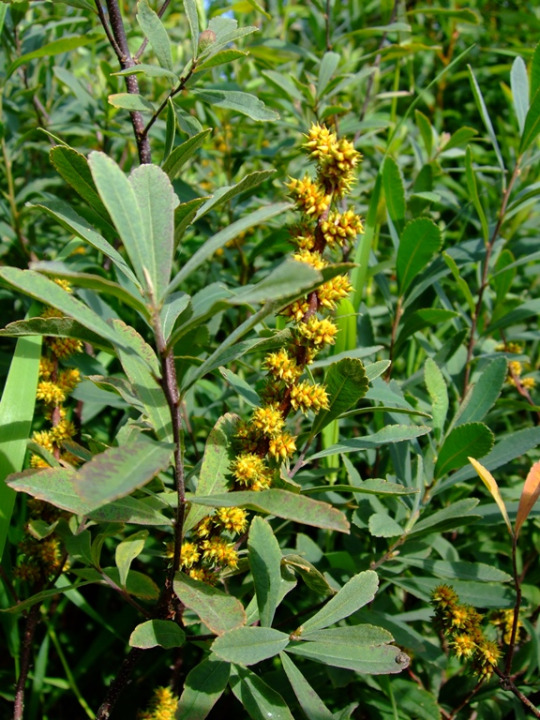
361 notes
·
View notes
Text
Plant names that are used as names or might be nice as names
Abelia (Abby, Bibi, Bel, Bee, Lia)
Achillea (feminine of Achilles; Lea)
Aletris (like Alexis or Beatris; Al, Allie, Tris, Trissy)
Alisma (Al, Allie, Lee, Alis, Lissy)
Alliaria (Al, Allie, Lia, Lee, Ria)
Amaranthus (actual name already; Amy, Mara, Anne, Annie)
Ambrosia (actual name already; Amy, Rosie)
Ammophila (Amy, Phil)
Andromeda (actual name already; Anne, Annie, Andy, Mimi)
Angelica (actual name already; Angie)
Anise (Anne, Annie)
Anthea (actual name already; Anne, Annie, Thea)
Apple (actual name already)
Aquilegia (Gigi)
Aralia (Lee, Lia)
Argemone (Gem, Gemmy, Monnie)
Argentina (Gen, Genny, Tina)
Arisaema (Aris)
Aronia (Ro, Nia)
Artemisia (actual name already; Art, Arty, Mimi, Missy)
Ash/Ashley (actual name already)
Aster (like Esther)
Barley (like Bartley)
Betula (Bett, Bettie, Tula)
Bluet (Blue, Bett, Bettie)
Blossom (actual name already)
Calla (Cal, Al, Allie)
Callirhoe (Cal, Al, Allie, Ro)
Caltha (Cal, Al, Allie)
Calystegia (Cal, Al, Aly, Gia)
Carya (actual name already)
Celastrus (like Celeste; Cece, Cela)
Celosia (like Celeste; Cece, Cela)
Celtis
Chelone (Lonnie)
Cherry (actual name already)
Clarkia (Clark, Kia, Kiki)
Claytonia (Clay, Toni)
Clematis (Clem)
Cleome (Cleo, Clem, Mimi)
Clintonia (Clint, Lin, Toni)
Clover (Clo)
Comandra (like Cassandra; Anne, Annie, Andy, Maddie, Mandy)
Commelina (Mel, Lina, Melly, Lin, Lee)
Cotton
Dahlia (like Delia or Thalia)
Daisy (actual name already)
Dale (actual name already)
Dalea (like Delia or Thalia)
Daphne (actual name already)
Datura (Dottie, Tura)
Della (actual name already)
Dianthus (Dia, Dianne, Anne, Annie)
Dicentra
Drosera (Dro, Ro, Sera)
Dryas
Erigenia (Eri, Gigi, Gen, Genny, Genie, Genia, Nia)
Evadne (actual name already; Eve, Evie, Eva)
Fern (actual name already)
Filipendula (Fil, Filly, Flippa, Penn, Penny)
Flower/Fleure/Flora/etc. (actual names already)
Forest (actual name already)
Gale (actual name already)
Ginger (actual name already)
Grindelia (Dede, Delia, Lia)
Halesia (Hal, Hally, Al, Allie)
Hazel (actual name already)
Heather (actual name already)
Holly (actual name already)
Hydrangea (Hydie, Angie, Gigi)
Iris (actual name already)
Isotria (Izzy, Tria)
Juniper (actual name already; June, Junie)
Laurel (actual name already)
Lavender (actual name already; Lav, Vendy)
Leafie (actual name already)
Lemna
Liatris (like Beatris; Li, Lia, Tris, Trissy)
Lilac (like Lilah)
Lily (actual name already)
Linaria (Lin, Linny)
Lindera (Lin, Linny, Lindy)
Linnaea (Lin, Linny)
Lobelia (Lo, Lola, Bel, Lia)
Lonicera (Lon, Lonnie, Cera)
Lotus (actual name already; Lottie)
Lunaria (Lulu, Luna)
Magnolia (Maggie, Nola, Lia)
Malia (actual name already)
Maple (like Maybel; May)
Meadow (actual name already)
Melia (actual name already; Mel, Melly)
Melothria (Mel, Melly)
Mentha (actual name already)
Mertensia (like Mercedes)
Mitchella (feminine of Mitchel; Mimi, Mitch, Chella)
Monarda (Monnie, Mona)
Montia (like Monty; Monnie, Monty, Tia)
Myrtle (actual name already)
Myrica (like Erica)
Nemesia
Nyssa
Oakley (actual name already)
Olive/Olivia/etc. (actual name already)
Pansy (actual name already)
Peach (actual name already)
Peltandra (Pel, Tandy, Andy)
Persicaria (Persi, Kari, Carrie, Caria)
Petunia (actual name already)
Phyllis (actual name already)
Picea
Pilea
Pontederia (Ted, Teddie)
Poppy (actual name already)
Praline (Lina)
Primula (Prima)
Prunella (Nel, Nelly, Nella)
Robinia (Rob, Robby, Bob, Bobby, Robin, Nia)
Rose/Rosa/Rosaria/Rhode/etc. (actual names already)
Rosemary (actual name already)
Salvia (like Silvia; Sally, Vivi)
Sibara
Sida
Silvia/Sylvie/Sylvaine/etc. (actual name already; Vivi)
Tansy (actual name already)
Thuja
Tilia
Valley (Val, Al, Alley)
Vallisneria (Val, Valli, Al, Alli, Allis, Lissy, Neri)
Verbena
Veronica (actual name already)
Violet/Viola/etc. (actual name already; Vi, Vivi)
Willow (actual name already; Will, Willie)
Yarrow
Zea
43 notes
·
View notes
Note
Hc on Gale’s name? It differs from the others in that it’s not a plant nor Roman influence. Was he born during a storm? His personality? Thoughts?
So, interestingly, there’s a species of plant called Myrica Gale that grows in wetlands, and can be found in North America. Not sure if this is a coincidence or if Suzanne knew this before writing his character, but I found it interesting that the plant thrives despite poor growing conditions of its natural area.
Much like Gale in D12, who was able to survive despite everything he was thrown his way, and all the losses he sustained along the way.
Now, if we say this is a coincidence, my hc is definitely that he was born during a summer storm, the kind that makes your windows rattle with each gust. And maybe Hazelle looked up at her husband after Gale was born and said, “He’s going to be a force to her reckoned with, I know it.”
And maybe her husband said, “Name him Gale.”
Or something like that 🙂
(And I should note that gale force winds are typically not destructive. Take it from someone who’s ridden out a number of hurricanes, with winds much higher than what NOAA classifies as a gale.)
Thanks for the ask!
13 notes
·
View notes
Photo
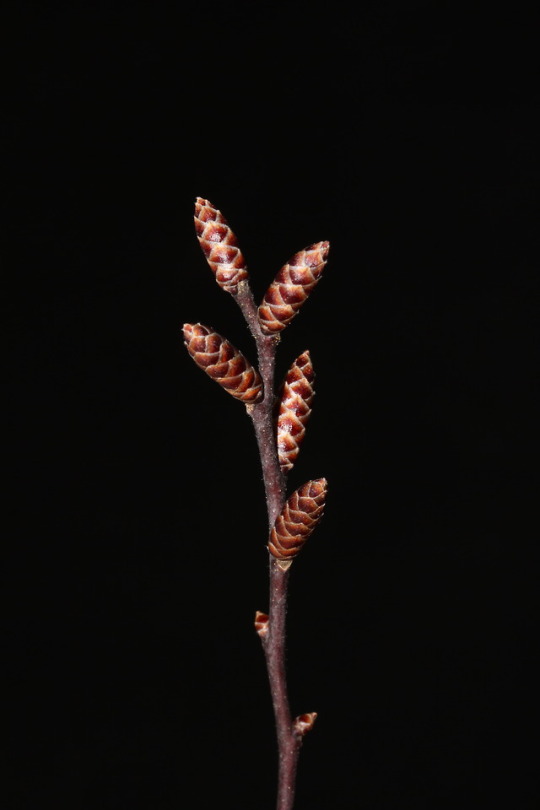
I’ve been reunited with Sweetgale (Myrica gale) after moving back to northern Michigan and I don’t think I’ll ever get tired of sniffing the buds
5 notes
·
View notes
Photo
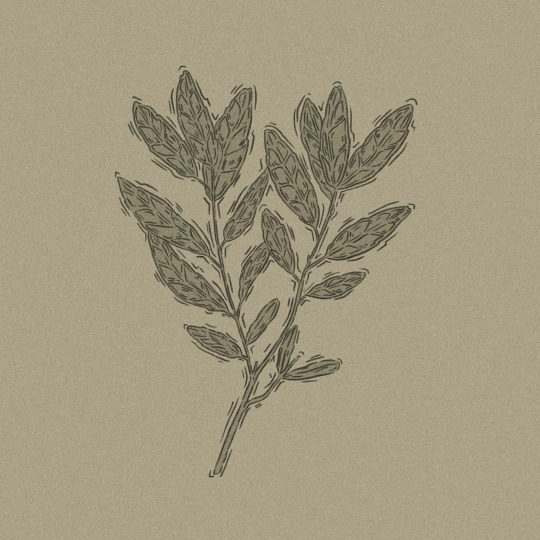
Bog Myrtle / Myrica Gale
water element / trusting your pace / love / tranquility / self confidence and the ability to provide self care / deep comfort / peace / constancy - that is, knowing that no matter what happens or what steps you take, you are supported and okay / sometimes used in money spells / victory and achievement / waves crashing / presence
instagram
102 notes
·
View notes
Text
Aceite esencial de Arrayán
El árbol arbustivo crece hasta 15 pies de altura y es nativo del norte de África. Ahora crece a través del Mediterráneo y se cultiva como un arbusto de jardín en toda Europa. El aceite se produce principalmente en Córcega, España, Marruecos y Túnez.
Hay una serie de tipos de aceite de mirto producido. Un arrayán rojo rico en cineole proviene de Marruecos, y la isla francesa de Córcega produce un arrayán verde rico en linalool. El aceite de mirto rojo es a menudo más oscuro y alcanforado.
En España, el Myrtus communis se llama Arrayan, por lo que se puede ver el aceite llamado "arrayan oil".

Existen muchas otras variedades de arrayán en la familia de los arrayanes, por lo que es imperativo prestar especial atención al nombre botánico para asegurarse de que se está utilizando el aceite correcto para la aplicación necesaria. Algunos otros tipos incluyen:
Arrayán (Backhusia citriodora), originario de Australia.
El mirto anís (Backhousia anisata) produce un aceite muy rico en anetol.
Mirto de pantano (Myrica gale L.), también conocido como vendaval dulce.
El mirto de miel (Melaleuca teretifolia) es un teratógeno que puede causar malformaciones embrionarias.
Si necesita encontrar un sustituto para el aceite esencial de mirto, primero determine la calidad que desea en el aceite y elija un aceite que lo ofrezca. Por ejemplo, para las cualidades antimicrobianas, antisépticas o expectorantes, puede elegir eucalipto radiata.
El aceite de mirto contiene pequeñas cantidades de metil eugenol y estragol, lo que lo hace posiblemente cancerígeno. No debe ser utilizado por una persona embarazada o en período de lactancia, por varios medicamentos o por un cáncer dependiente de estrógeno.
El aceite esencial de mirto nunca debe usarse en niños. 2] Este aceite siempre debe diluirse; el uso máximo en la piel es de 1,9 por ciento. 3] No tome el aceite internamente.
Uso del aceite esencial de mirto
El mirto se utiliza a menudo en perfumes, eaux de toilette y eaux de Cologne. El aceite también se utiliza en diversos medicamentos y preparados para la piel. A menudo se utiliza como sabor. La hierba va bien con otras hierbas en recetas como las salsas de carne. [4]
A lo largo de la historia, el mirto ha sido asociado con Venus, la diosa romana del amor, así como con la diosa griega Afrodita. Las ramas se usaban a menudo en las bodas y eran un símbolo de felicidad y vigor sexual.
Según el Dr. David Stewart, que escribió "La química de los aceites esenciales simplificada: el amor de Dios se manifiesta en las moléculas", el aceite de mirto es útil para equilibrar la tiroides.
Masaje de pecho
Las infecciones del tracto respiratorio pueden ocurrir cuando menos se esperan, y parecen durar para siempre. El aceite de mirto es un expectorante y anticatarral. Cuando entren bacterias o virus, pruebe la siguiente mezcla.
4 gotas de Niaouli (Melaleuca quinquenervia)
4 gotas de romero (Rosmarinus officinalis)
3 gotas de Tomillo linalol (Thymus vulgaris var.
3 gotas de Mirto (Myrtus communis)
1 gota de menta (Mentha piperita)
Para utilizarlo, mezcle los aceites y añada 5 gotas a una cucharadita de aceite base para frotar en el pecho, la espalda y el cuello.
Difusión para la meditación
Al meditar, ayuda a difundir los aceites esenciales. Sin embargo, usted no quiere elegir aceites que le recuerden algo, como los aceites que huelen a comida. Tampoco quiere elegir los aceites que utiliza regularmente para un propósito específico.
1 note
·
View note
Photo
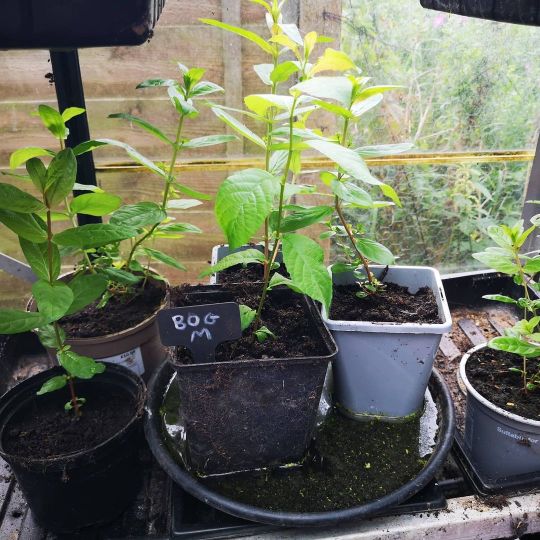

If you can't forage it, grow it!
I've had these little Myrica Gale Bog Myrtle plants growing since winter, they were very slow to grow despite germinating from seed pretty early, but they seem to be doing pretty well now.Bog Myrtle is an aromatic shrub that was once one of the key ingredients to beer or Gruit in the Middle ages, so I'm hoping at some point to be able to use it in a beer.I plan to expand our wildlife pond in winter and set aside some space to plant some there.You can see some Marsh Mallow growing rather vigorously in the top right of the picture. Good thing it has nice flowers as it took me years to grow enough to harvest some root and try true Marsh Mallow, it was pretty gross I'm afraid.
0 notes
Photo


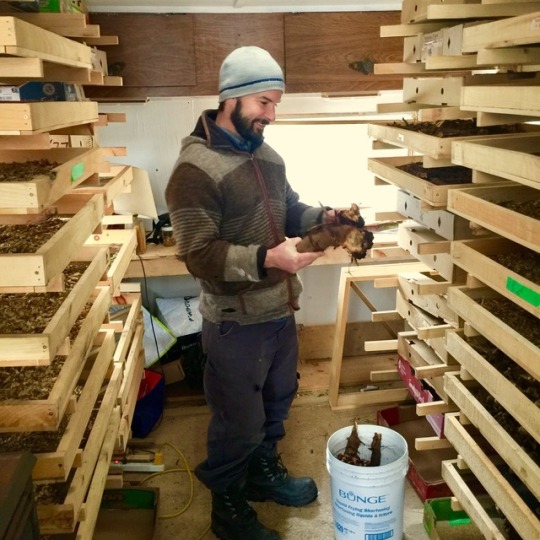
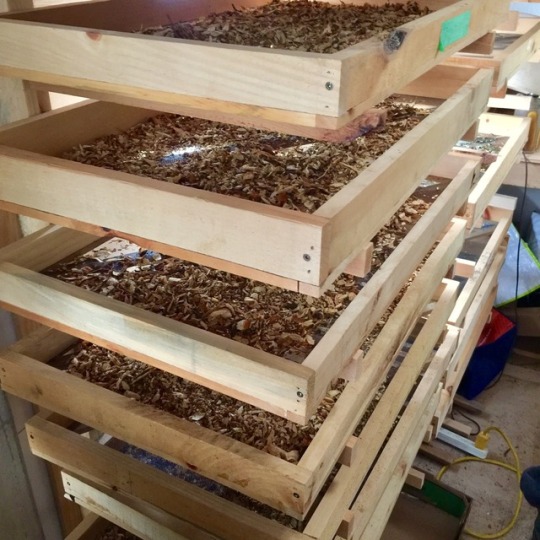
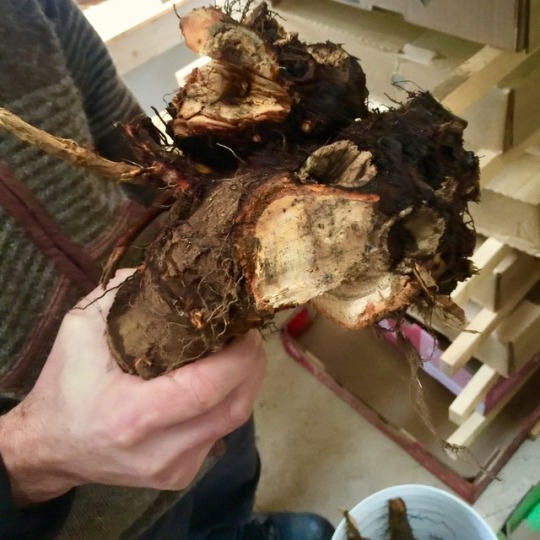
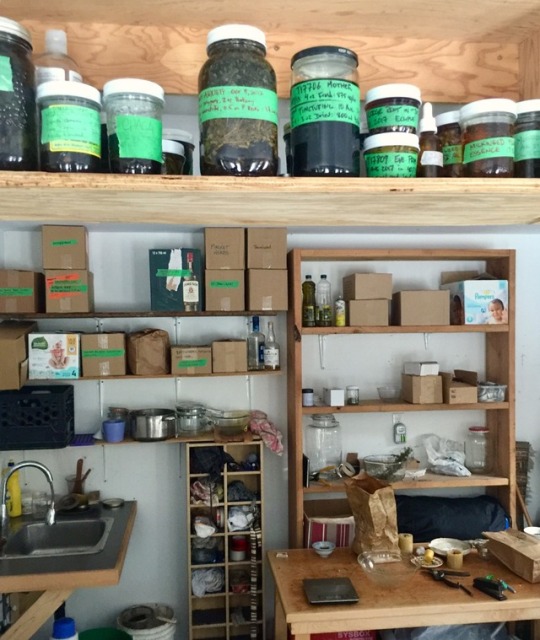
Today we visited our forager Chris at his house he built himself in Maynooth. We picked up our herb order of locally and sustainably wild harvested poplar buds, myrica gale, spruce tips, and red clover. He showed us his drying shed in progress and how he was processing his last harvest of Japanese knotweed root. It’s always a pleasure to catch up with him and nerd out on native plants. Chris is a cool guy and a trusted local forager who makes his own potent herbal remedies for his business Carpenter’s Herbal: https://www.carpentersherbal.com
#carpenters herbal#foraging#forager#wild harvesting#wildcrafting#japanese knotweed#fern and fungi#herb drying#bioregional herbalism#herbalism
93 notes
·
View notes
Photo
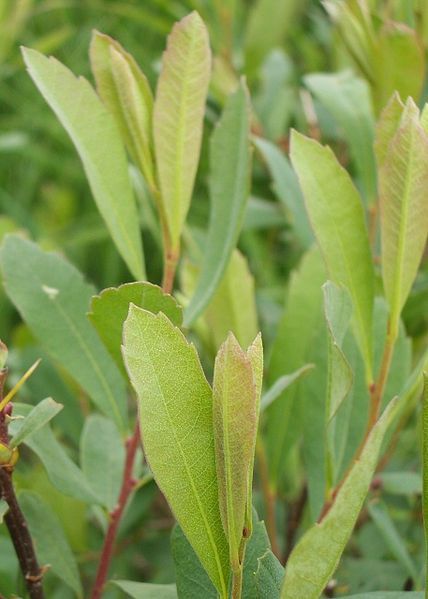
Bog Myrtle and Gruit Beers Article Cross posted from Brewing Classic styles: Bog myrtle (Myrica gale) has long been used in gruits, ales, and beers.
1 note
·
View note
Text
Spring has sprung. Almost all my plants have made it through another winter. Still waiting to see from:
Alpine rock cress (Arabis alpina) It was really root-bound when it got to me. I think it’s dead, but we’ll see.
Jack in the pulpit (Arisaema triphyllum) I think it’s dead, to be honest, but sometimes plants surprise you. Some certainly already have.
Swamp milkweed (Asclepias incarnata) Be a while yet before the shoots come up.
Common milkweed (Asclepias syriaca) Won’t be for some time.
Butterflyweed (Asclepias tuberosa) (At least another month before these come up.
Bunchberry (Cornus canadensis) It’s technically showing signs of life, but the squirrels dug it up completely so I wrapped the roots in wet papertowel for a couple days and when I removed it today the roots had nodes. So I put it in a small pot with wet soil and hopefully it will survive its ordeal. I’m going to order more anyway, because this is the second spring in a row that’s happened for that species, so clearly this is going to be a recurring problem.
Woodland sunflower (Helianthus divaricatus) I think it died late last summer.
Sunchoke (Helianthus tuberosus) There’s a strong plant base, but no shoots yet.
False sunflower (Heliopsis helianthoides) When I ordered this plant last year it arrived in April and then a frost hit. It’s native so it did survive, but it wasn’t frost-hardy so its leaves wilted. I’m going to take that as a sign not to expect this plant to make shoots until at least May.
Swamp rose mallow (Hibiscus moscheutos) Be at least another month before they start coming up.
Partridgeberry (Mitchella repens) I don’t even see evidence of the plant that existed before the winter. I hope it’s okay.
Horsemint (Monarda punctata) The other two monarda species I have are all coming up, so hopefully this one’s just slower.
Sweet gale (Myrica gale) This didn’t do very well last year. I hope it hasn’t died.
Fragile prickly pear (Opuntia fragilis) It’s hard to tell until it makes new pads. It survived the winter before but understandably doesn’t like the spring rains and will lose a few pads before the heat of summer.
Eastern prickly pear (Opuntia humifusa) Pads look like they’re straightening and smoothing out, but we’ll see.
Mayapple (Podophyllum peltatum) I’m not at all sure that these made it since the leaf on one was accidentally cut and the plant of the other seemed to die back too soon. But we’ll see.
Moss campion (Silene acaulis) This may well have died late last summer (it was very hot and hard to keep up with the watering).
Eastern black nightshade (Solanum ptychanthum) These plants can’t actually survive the winter, but the seeds do, and there was a fair bit of fruit between them all, so hopefully some reseeded themselves.
Red trillium (Trillium erectum) or Great white trillium (Trillium grandiflorum) Two of my trilliums are coming up. One of them still has its tag, the other two lost theirs so I’m not sure if the other one that’s coming up is the red or the great white trillium.
Blue vervain (Verbena hastata)
Marsh violet (Viola palustris) My other violet species are all showing signs of life, so hopefully this one’s just late.
9 notes
·
View notes
Photo
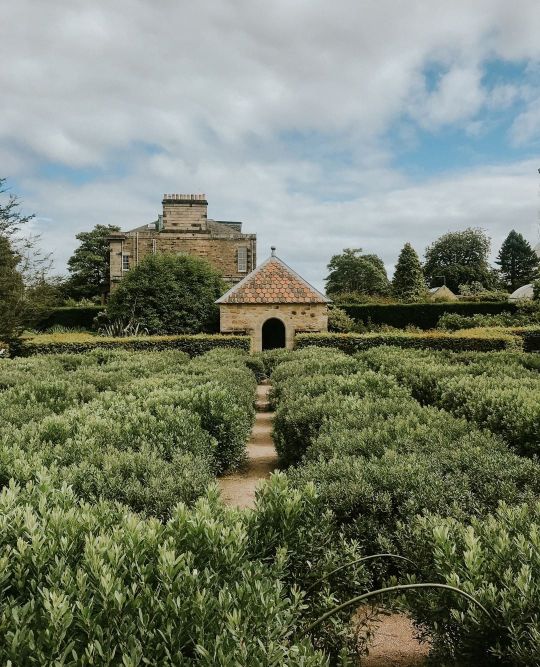
Queen Mother's Memorial Garden The four corners of this Garden are planted to represent the 'four corners of the world' to reflect the Queen Mother's love of travelling. The plants, selected for educational and ornamental purposes, are predominantly plants commonly found in cultivation and are characteristic of the many geographical regions represented here. Scotland takes centre stage in the design, with a Celtic-style Labyrinth planted with bog myrtle (Myrica gale) which is a native of our wet uplands and evocative of the landscapes around the Castle of Mey the Queen Mother's home in Caithness in the north of Scotland. #onthewayscotland #scotland_ig #scottishcity #edinburghbloggers #edinburghphotographer #westbowedinburgh #historicscotland #scotland_greatshots #traveladventures #szkocja #zwiedzamy #edinburgholdtown #oldtownedinburgh #postcardplaces #passionpassport #hiddenedinburgh #beautifuledinburgh #visitscotland #thisisscotland #unlimitedscotland #unlimitededinburgh #placetolive #victoriastreet #simplyscotland (at Royal Botanic Garden Edinburgh) https://www.instagram.com/p/B44qNhMgII4/?igshid=l8jezpi52xyi
#onthewayscotland#scotland_ig#scottishcity#edinburghbloggers#edinburghphotographer#westbowedinburgh#historicscotland#scotland_greatshots#traveladventures#szkocja#zwiedzamy#edinburgholdtown#oldtownedinburgh#postcardplaces#passionpassport#hiddenedinburgh#beautifuledinburgh#visitscotland#thisisscotland#unlimitedscotland#unlimitededinburgh#placetolive#victoriastreet#simplyscotland
0 notes
Photo
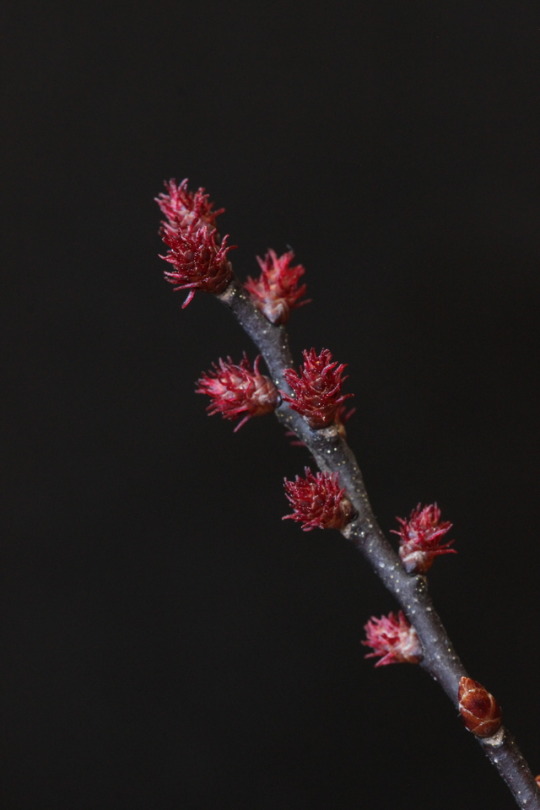
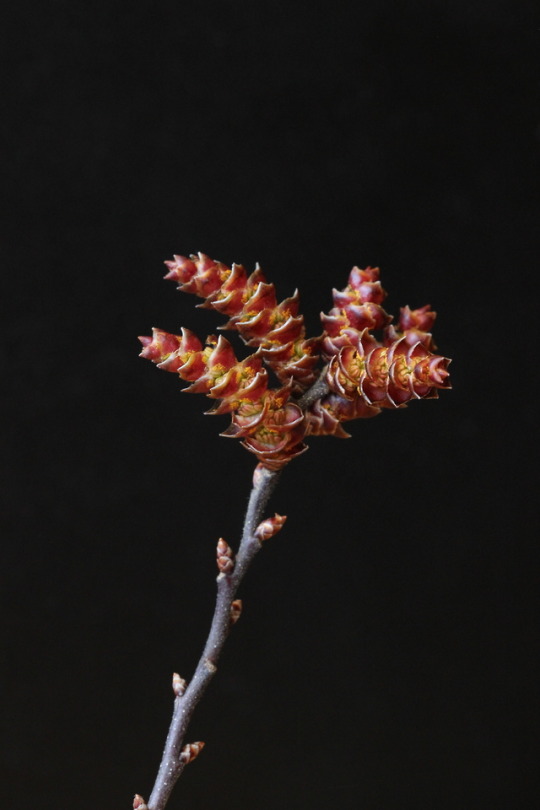
Sweetgale (Myrica gale)
Female catkins on the left, male on the right
Emmet County, Michigan
0 notes
Text
The first documented hop cultivation was in 736, in the Hallertau region of present-day Germany, although the first mention of the use of hops in brewing in that country was 1079.[7] However, in a will of Pepin the Short, the father of Charlemagne, hop gardens were left to the Cloister of Saint-Denis in 768. Not until the 13th century did hops begin to start threatening the use of gruit for flavoring. Gruit was used when taxes were levied by the nobility on hops. Whichever was taxed made the brewer then quickly switch to the other. In Britain, hopped beer was first imported from Holland around 1400, yet hops were condemned as late as 1519 as a "wicked and pernicious weed".[8] In 1471, Norwich, England, banned use of the plant in the brewing of ale ("beer" was the name for fermented malt liquors bittered with hops; only in recent times are the words often used as synonyms).
In Germany, using hops was also a religious and political choice in the early 16th century. There was no tax on hops to be paid on the Catholic church, unlike on gruit, for which the Protestant preferred hopped beer.[9]
Hops used in England were imported from France, Holland and Germany with import duty paid for those; it was not until 1524 that hops were first grown in the southeast of England (Kent) when they were introduced as an agricultural crop by Dutch farmers. Therefore, in the hop industry there are many words which originally were Dutch words (see oast house). Hops were then grown as far north as Aberdeen, near breweries for infrastructure convenience.
Hop cultivation was begun in the present-day United States in 1629 by English and Dutch farmers.
Gruit (alternately grut or gruyt) is an old-fashioned herb mixture used for bittering and flavoring beer, popular before the extensive use of hops. Gruit or grut ale may also refer to the beverage produced using gruit.Gruit was a combination of herbs, commonly including sweet gale (Myrica gale), mugwort (Artemisia vulgaris), yarrow (Achillea millefolium), ground ivy (Glechoma hederacea), horehound (Marrubium vulgare), and heather (Calluna vulgaris). Gruit varied somewhat, each gruit producer including different herbs to produce unique flavors and effects. Other adjunct herbs included juniper berries, ginger, caraway seed, aniseed, nutmeg, cinnamon, and hops in variable proportions.
0 notes
Text
Haeckels offer free products for plastic-baggers!
Ultra-hip Margate-based beauty and fragrance house Haekels don’t do anything by halves.They began by foraging seaweed and making multi award-winning facial and bodycare products, then branched out into the most incredible fragrances, all based on locally gathered ingredients and named for the map coordinates they can be found at.
Now, Haeckels want to address the major issue of plastic littering our coastlines and water, which can injure animals and end up contaminating the sea (and the life that depends on it) all over the world. More than merely paying lip-service to a ‘fashionable’ campaign, they’re offering a fantastic reward for customers who want to help out in a practical way…
Haeckels say: ‘On Wednesday night we went to our local beach, we see it as our duty to clean our coastline. Plastic, cans, fishing equipment and general waste littered the sand and this took just ten minutes to collect. Everything you see would have been washed into the sea in a matter of hours.
Since 2012 we’ve been rewarding customers who take part in cleaning our beaches. A pat on the back isn’t enough to start a movement so we give them a free product in exchange for contributing. It is something we really believe in and businesses need to encourage actions like this.
Making product out of ocean plastic isn’t a solution to the problem, in many cases its greenwashing, PR stunts or hiding a multitude of sins. Join us in reducing plastic waste, finding innovative solutions to packaging and protecting our coastline.’
We believe more companies need to take note and encourage their own customers to follow suit, how about you?
Check out these seashore themed scented goodies from Haeckels and work out how you can involved…
‘This location is one that is close to our hearts, an uninhabited bay with remnants of beach use in times gone by and only a raw natural beauty left behind to enjoy. A man made bathing pool bridges the gap between the sea and land, an iconic reminder of a past popularity and a link between man and effects on the nature of the landscape. Walk along the sandy beach with sand and salt on your skin and take in the aromas of fresh seaweed, the chalk reef and seawater. Listen to the sound of the wind blowing through the long cliff top grasses, black lovage and distinctive white flowers.’
Haeckels Walpole Bay GPS 23’ 34”N £160 for 100ml eau de parfum
This much sought after and award-winning hand balm contains a careful blend of fragrant coastal flowers and skin-softening natural emollients that provide nourishing moisture and protection for hands and cuticles. Seaweed and geranium extracts gently encourage the skin to repair and provide essential vitamins for replenishing damaged skin cells.
Haeckels Eco Marine Hand Balm £18 for 50ml
‘Bog Myrtle thrives in the harsh conditions of the northern hemisphere with a long history of being found on the hard to reach paths of mountainous regions and at the top of cliffs along the coastline. It has been used as an insect repellent for these reasons: its location means that walkers and explorers come across the plants when they are being attacked by midges and other insects finding that Myrica gale is proficient in keeping them at bay. The aroma is sometimes comparable to that of cloves and is often used in flower bouquets for its fragrant qualities which compliment other floral scents.’
Haeckels Bog Myrtle Incense Cones £16 for 25g
‘The fresh, salty smell of the ocean is one of the most distinctive smells on the planet, evoking memories of crashing waves and sandy beaches. Scientists have finally unravelled how the seaside odour is created, tracing it to an enzyme that helps algae survive in their salty seawater environment. Researchers found that the smell itself is produced by algae that form extensive blooms on the ocean surface. These blooms release an aromatic compound called dimethylsulfide (DMS) into the air.’
Haeckels Cliff Breeze Travel Candle £15 for 60ml
‘A picturesque bay which is a natural area of outstanding beauty but one which is used a lot by tourists and also for film locations. In the winter its true elegance comes through with less people and more wildlife able to take advantage of the chalk reef, chalk cliffs and cliff hedgerows. This beauty is perhaps shown best on days when it rains, as the rain hits the chalk a fresh and clear fragrance come off the rock to give way to the freshness of cliff grasses, annual seablite and sea orache.’
Haeckels Botany Bay GPS 26’ 3”E £160 for 100ml eau de parfum
Written by Suzy Nightingale
The post Haeckels offer free products for plastic-baggers! appeared first on The Perfume Society.
from The Perfume Society http://perfumesociety.org/haeckels/
0 notes


